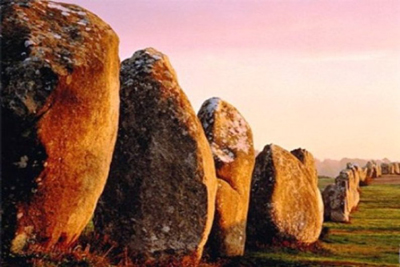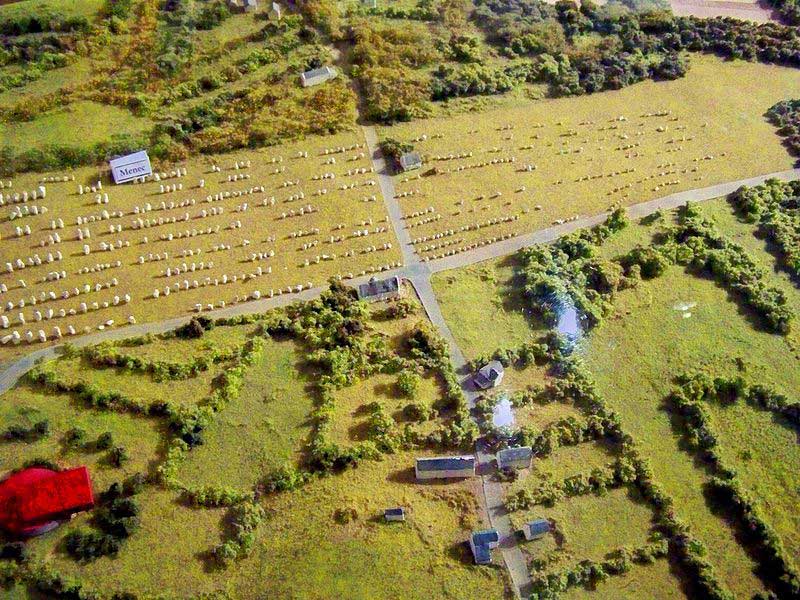
The Carnac Stones, known as the largest collection of megalithic standing stones in the world, are an exceptionally dense collection of more than three thousand standing stones around the French village of Carnac, in Brittany, a cultural region in the north-west of France. Those standing stones, more than 3000 in number, were hewn from local rocks by the pre-Celtic people of Brittany and erected at some stage during the Neolithic period, probably around 3300 BC, though some may date to as early as 4500 BC.

The Carnac Stones have a peculiarity of its own. While some of those stones around the village stand in patterns, some others are scattered randomly across the countryside. Unlike Stonehenge, where the giant stones were transported from hundreds of miles away, the Carnac stones were hewn from the local areas surrounding the site. The Carnac Stones consisting of single standing stones are called menhirs and the dolmens are multi stone assemblage.
The main group of the Carnac Stone alignments consists of 12 converging rows of standing stones and is stretched more than a kilometre with the remains of a stone circle at either end. The largest stones, which are around 4m high, are found at the western end and they became smaller along the length of the alignment, reaching around 0.6m in height.

There are three major groups of stone rows, known as Ménec, Kermario and Kerlescan. While the Ménec alignment consists of eleven converging rows of menhirs, the Kermario alignment with its fan-like layout consists of 1029 stones in ten columns.
The Kerlescan alignment is a smaller group of 555 stones, composed of 13 lines. It is not impossible that, once there was only a single group of stone row, which subsequently split up in the course of time, as the stones were randomly removed for some other practical purposes

It is considered by many that, Le Grand Menhir Brisé, located beside the Er Grah tumulus and the Table des Marchands, was once part of a larger 19-stone alignment, which was subsequently broken into four pieces. The pieces lie on the exact place where they fell. However, it is a mystery as to how the epic structure was toppled down and broken. While some suggest that it may be the result of an earthquake, others maintain that, it was deliberately pulled down and broken by the later civilizations for unknown reasons.


Even today, scholars are not sure about the actual purpose of the mysterious Carnic Stones. According to a local legend, as a Roman legion was on their march to invade the village, the wizard Merlin turned them into stones. Apart from that, a wide variety of theories have been put forward to explain the purpose of the stones, shrouded by the mist of mystery. While some people interpreted it as the creation of the ancient people to pay homage to their ancestors, others argue in favour of burial sites or places for religious gatherings or possible astronomical markers.
It is also claimed by some researchers that certain stones within a site align with the sunrise on a solstice or equinox or some similar calendar function. However, apparently it seems that the ancient builders did not set up the Carnac Stones for the same purpose. There are stone circles, perfectly aligned rows of stones and even burial chambers with roofs made entirely of large stones.